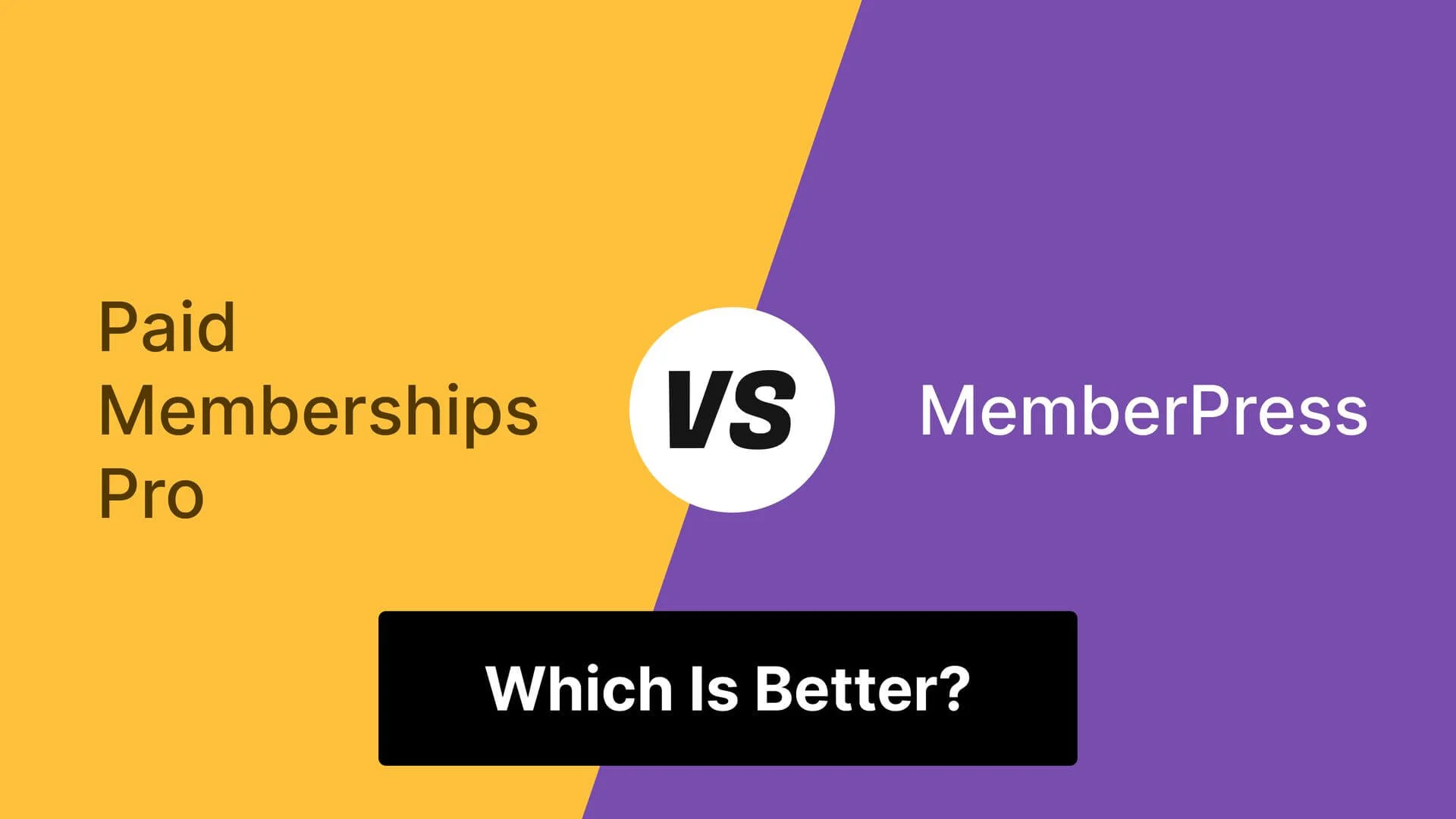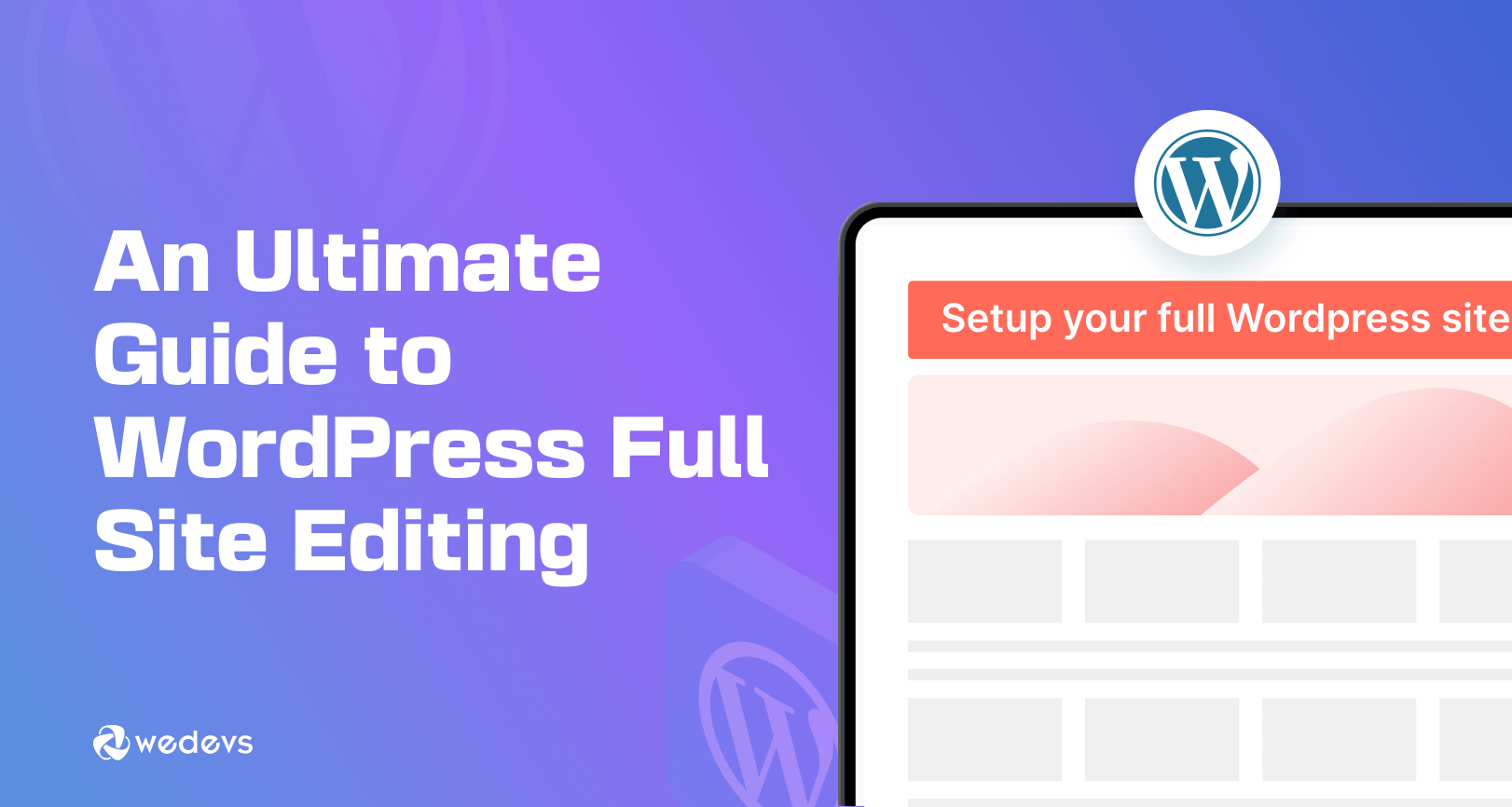In 2025, over 65% of all Google searches end without a click to any website. These “zero-click” results dominate SERPs through featured snippets, knowledge panels, local packs, and direct answer boxes. While this trend threatens organic traffic, it also presents a strategic opportunity: if you can’t beat Google at keeping users, learn to win by feeding its algorithms with content engineered for visibility—even when users don’t click. This guide reveals how to thrive in the zero-click era by optimizing for Google’s hunger for structured, concise, and authoritative answers.
What Zero-Click SERPs Look Like in 2025
Zero-click search engine results pages (SERPs) are now the norm rather than the exception. When users search for questions like “how to fix a leaky faucet” or “what is compound interest,” Google often displays a direct answer at the top of the page—sometimes in a box, sometimes as a list, and increasingly as a voice-ready summary for smart speakers and AI assistants.
These results pull content from web pages but keep users on Google. The top organic result may be pushed below the fold, buried beneath a featured snippet, a knowledge graph panel, or a local 3-pack. In many cases, especially on mobile, the full website link isn’t even visible without scrolling.
Google’s AI-powered systems now pre-process queries using BERT, MUM, and generative models to understand intent and surface answers instantly. This means traditional SEO focused solely on ranking #1 is no longer sufficient. Instead, success depends on whether your content is selected as the source for Google’s own answer.
For example, a search for “symptoms of dehydration” might show a bullet list pulled from a health site, credited with a small site name and URL, but no click occurs. The user gets their answer and moves on. Yet, that site still gains brand exposure and authority—even without traffic.
The key insight: visibility without clicks can still drive brand recognition, trust, and indirect conversions. Users who see your site consistently cited in rich results begin to associate your brand with authority. Later, they may search directly for your business or product, turning passive exposure into active engagement.
Schema Types That Earn Featured Snippets & Rich Cards
Structured data markup—implemented via schema.org vocabulary—is no longer optional. It’s essential for helping Google understand, extract, and display your content in rich results. While schema doesn’t directly improve rankings, it dramatically increases the chances of being featured in snippets, carousels, and knowledge panels.
The most effective schema types for zero-click visibility include:
- FAQPage: Perfect for question-based content. Each Q&A pair is marked up so Google can pull individual answers into featured snippets or rich cards. Use this for “frequently asked questions” sections.
- HowTo: Ideal for step-by-step guides. Markup each step, tool, duration, and image (if applicable). Google often displays these as interactive carousels or direct answer flows.
- Article: Use
NewsArticleorBlogPostingto signal freshness, author, and publication date. Helps with topical authority and eligibility for Top Stories. - QAPage: Designed for pages where users ask questions and get answers (like forums or support pages). Increases chances of appearing in “People Also Ask” boxes.
- Organization and LocalBusiness: These help populate knowledge panels with your logo, contact info, hours, and reviews—critical for branded zero-click visibility.
- Product and AggregateRating: Enable rich snippets with price, availability, and star ratings. Even without clicks, these boost credibility in shopping and comparison queries.
Implementation is straightforward using JSON-LD, which you can insert in the section of your WordPress site. Many SEO plugins like Rank Math or Yoast support schema markup natively, allowing you to add structured data without coding.
Example of a FAQ schema:
“@context”: “https://schema.org”,
“@type”: “FAQPage”,
“mainEntity”: [
{
“@type”: “Question”,
“name”: “What is zero-click search?”,
“acceptedAnswer”: {
“@type”: “Answer”,
“text”: “Zero-click search occurs when Google displays the answer directly on the SERP, so users don’t need to visit a website.”
}
}
]
}
After implementation, test your markup using Google’s Rich Results Test tool. Fix any errors and monitor Search Console for rich result impressions.
Remember: schema helps Google understand your content, but it won’t save poorly written or irrelevant answers. Combine markup with high-quality, concise responses to maximize your chances of being featured.
Crafting 40-Word Definition Blocks That Rank
One of the most effective tactics for winning featured snippets is the 40-word definition block—a concise, authoritative explanation of a term, concept, or process that answers a query directly and completely.
Google favors short, clear answers for definition-type queries like “what is keto diet” or “define opportunity cost.” These often trigger paragraph-style featured snippets, typically pulling 40–60 words from a page. By structuring your content to match this format, you dramatically increase your odds of being selected.
To create a high-ranking definition block:
- Identify keyword opportunities: Use tools like Ahrefs, SEMrush, or AnswerThePublic to find “what is” or “define” queries in your niche.
- Write a standalone paragraph: Begin with the exact phrase you’re targeting. For example: “What is intermittent fasting? Intermittent fasting is an eating pattern that cycles between periods of fasting and eating. It doesn’t specify which foods to eat but rather when to eat them. Popular methods include the 16/8 method and the 5:2 diet. Research shows it can aid weight loss, improve metabolic health, and increase lifespan.”
- Keep it between 35–50 words: This matches Google’s preferred snippet length. Be concise but comprehensive.
- Use simple language: Avoid jargon unless defining it. Aim for a 6th–8th grade reading level.
- Place it early: Put the definition near the top of the page, ideally within the first 100 words.
- Format with headers: Use an H2 or H3 like “What Is [Term]?” to signal topical relevance.
These blocks not only rank for featured snippets but also serve as anchor content for topical clusters. Once Google trusts your site for definitions, it’s more likely to pull other answers from your pages.
Example: A finance site defining “compound interest” in 45 words is more likely to be cited than a 500-word article buried in technical details. The snippet becomes the gateway; the full article remains available for users who want depth.
Pro tip: reuse definition blocks across related articles. For instance, a post on retirement planning can include the same “what is compound interest” block used on a banking basics page. Google doesn’t penalize duplication if it’s contextually relevant and properly structured.
Using “Content Cliffs” to Tease Deeper Dives on Your Site
Even in a zero-click world, you can convert passive visibility into active engagement. The secret? The content cliff—a strategic pause after a complete but shallow answer that invites users to go deeper.
Here’s how it works: You provide a full answer to the initial query (earning the featured snippet), then immediately follow it with a transition like:
• The 5 most effective fasting windows for weight loss
• How to avoid muscle loss during extended fasts
• Sample meal plans for men and women over 40
• Common mistakes (and how to fix them)
This technique respects the user’s intent (they got their answer) while creating curiosity for more. It turns your page into a gateway experience rather than a dead end.
To maximize effectiveness:
- Place the cliff immediately after the snippet-worthy content.
- Use bullet points or bold headers to preview deeper value.
- Keep the tone helpful, not salesy. Avoid “Click here!” or “Buy now.”
- Link to related content or email signups only after delivering real value.
The psychology is simple: once Google validates your answer, users trust you. That trust lowers the barrier to continued engagement. Even if only 5–10% of users scroll past the fold, that’s traffic you wouldn’t have earned otherwise.
Another approach is the “answer and expand” model. First, answer the query in 40 words. Then, add a subheader like “Why This Matters” or “Advanced Considerations” that dives into nuances, exceptions, or expert insights.
For example, after defining “zero-click search,” you might add:
While zero-click results reduce direct traffic, they increase brand visibility in high-intent moments. A 2024 HubSpot study found that brands consistently appearing in featured snippets saw a 27% increase in direct searches within six months—proof that impressions convert over time.
This structure satisfies Google’s need for brevity while preserving your ability to educate, differentiate, and convert.
Tracking Lift via Search Console & Brand-Query Volume
In a zero-click landscape, traditional metrics like organic traffic can be misleading. A page might generate thousands of impressions and zero clicks—yet still contribute to brand growth. That’s why you need to track indirect SEO impact using Google Search Console and brand analytics.
Start with Search Console. Focus on:
- Impressions: A surge in impressions for a keyword—especially in position #0 (featured snippet)—means Google is showing your content, even without clicks.
- Position: Monitor if your pages are appearing in rich results. A drop in average position might actually be positive if you’ve moved from #1 to #0.
- CTR (Click-Through Rate): If impressions rise but CTR falls, you may be winning snippets. Analyze whether the trade-off is worth it.
- Queries with high impressions but low clicks: These are your zero-click winners. Double down on optimizing them.
Next, track brand-query volume using tools like Google Trends, SEMrush, or your own analytics. Watch for increases in searches like:
- “[YourBrand] + topic” (e.g., “HubSpot marketing tips”)
- “[YourBrand] reviews”
- “[YourBrand] vs [competitor]”
- Direct visits to your domain
A 2025 Moz study found that websites dominating featured snippets for core industry terms saw a 31% average increase in branded searches within 90 days. This indicates that algorithmic visibility builds brand recognition, even without direct engagement.
Combine this with on-site behavior data. Use UTM parameters or referral tracking to identify if users who eventually visit your site came from branded searches after previously seeing your content in zero-click results.
Finally, set up custom dashboards in Google Data Studio or Looker to correlate:
- Snippet rankings → Branded search volume
- Rich result impressions → Newsletter signups
- Definition block usage → Time on site
These metrics reveal the long-term value of zero-click content. While the immediate ROI may seem low, the cumulative effect on authority, trust, and conversion is substantial.
Conclusion: Winning the Long Game in the Zero-Click Era
The rise of zero-click search doesn’t mean SEO is dead—it means it’s evolving. Google is no longer just a traffic router; it’s a content publisher in its own right. Your job is no longer just to rank, but to be chosen as Google’s preferred source.
By optimizing for featured snippets with structured data, crafting concise 40-word definitions, and using content cliffs to drive deeper engagement, you turn zero-click results into brand-building opportunities.
Remember: every time your site appears in a rich result, you’re training users to recognize your brand as an authority. Over time, this leads to more direct visits, higher conversion rates, and greater market share.
The future of SEO isn’t about resisting Google’s dominance—it’s about leveraging it. Stop chasing clicks. Start building trust. In the zero-click world, visibility is the new conversion.
Implement these strategies consistently across your content, monitor your progress in Search Console, and watch as your brand grows—not just in traffic, but in authority and influence.






